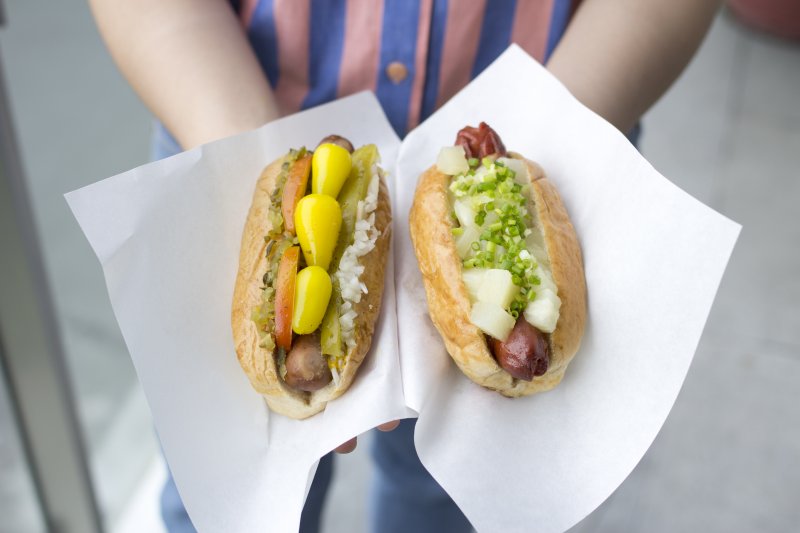Pomposity has left the building—at least as far as the dining scene is concerned. There seems to be a collective drive among chefs and restaurateurs alike to dispense a lot of the elements that divert the attention from good quality food: the puffed-up waiters, starched linens, expensive silver, and hushed temple-like atmosphere that have long defined traditional upscale dining.
“Fine dining is dead—no one wants to sit for hours at a table anymore. Luxury today is time and space. People spend money, yes, but they want to show up in shorts and slippers; they want to be comfortable,” points out Koen Masschelein, director of food and beverage at Four Seasons Hotel Sydney.
“If you look at the good [restaurants] today, the ones always full, sometimes it’s not even about the food. Some of the places with the best food are empty while those with average food are full. People go where people go; they want the newest, they want to be part of something. There are no more rules—no more white wine with fish, or red with meat; people eat and drink when and how they want,” he says.
“Fine dining is dead—no one wants to sit for hours at a table anymore. Luxury today is time and space. People spend money, yes, but they want to show up in shorts and slippers; they want to be comfortable,” points out Koen Masschelein, director of food and beverage at Four Seasons Hotel Sydney.
The change from upscale full-service and fine dining to counter service seems to be a reactionary shift that’s as much chef-driven as it is a result of that little piece of technology that’s largely disrupted wide-ranging industries across the globe: the smartphone. “I’d say this happened the same time as low-cost airlines and the iPhone. It opened up the world, and people changed their habits,” observes Masschelein.
The growing awareness that the frills of fine dining are simply too expensive to be practical has likewise driven this trend towards the fashionably downscale. “You have a very well-informed customer today,” says chef Gérard Dubois of La Rose Noire, the company behind the fast casual boulangerie Passion by Gérard Dubois.
“Why would people pay five times more to enjoy a bottle of wine just because your restaurant has fancy tablecloths and freshly pressed napkins? They know exactly how much a good bottle of wine costs. Because of the internet, everything is more transparent now. It’s hard to fool the customer, and the ones who believe they still can? You’ll see their places are empty,” states Dubois matter-of-factly.
The casualty of restaurants
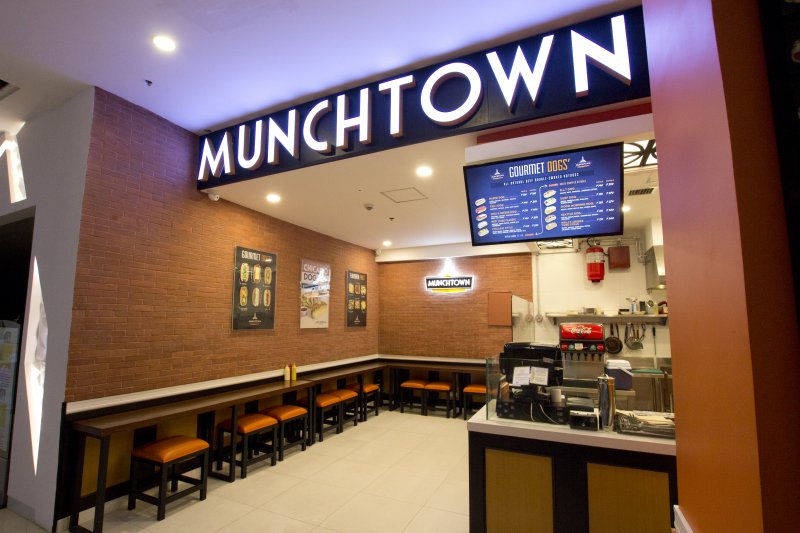
Recent years have seen a marked casualization of good food, where people no longer need to book ahead or pay an arm and a leg to eat well. In Manila, a lot of ambitious, small casual dining projects coming up are making for interesting additions to the city’s once franchise-driven and fast food-riddled dining scene.
“The Americanization of the food industry here has really been a bit top-heavy on the fast food eats, which is not necessarily the healthiest option. Moving forward it’s great to see more urban freestanding restaurants, even in malls for that matter, where the focus is not necessarily on how fast you can get the food out and make a dollar but more on technique, method, and quality of product,” says Roger Davis, the executive chef of New World Hotel Makati.
Dubois, who started La Rose Noire in Hong Kong 25 years ago as a sidewalk café, adds that while the “very upmarket French concepts of goose liver and folded napkins” may have worked 20 years ago, that same format will no longer work today. “People are still willing to pay for freshly prepared, quality food, but they want to have it at a very relaxed, casual atmosphere. Value for money is the game here,” Dubois says.
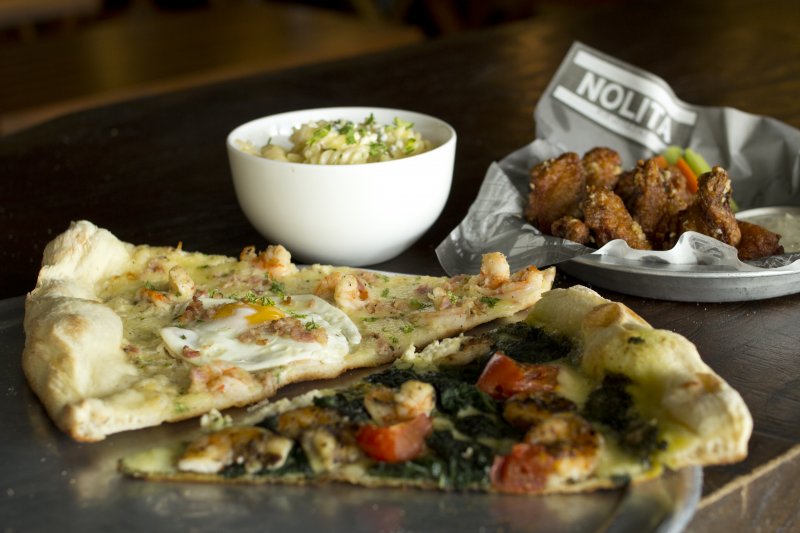
It’s exactly why he decided on a fast casual restaurant format when he opened his first Passion boulangerie in Hong Kong four years ago. The original intent was really to only have one branch that would showcase what his manufacturing business La Rose Noire could serve up: freshly made breads, pastries, pizzas, gelatos, and chocolates, all made with fine ingredients but accessibly priced.
“Why would people pay five times more to enjoy a bottle of wine just because your restaurant has fancy tablecloths and freshly pressed napkins? They know exactly how much a good bottle of wine costs. Because of the internet, everything is more transparent now,” says Gérard Dubois.
As with the typical fast casual concept, Passion customers order their food over the counter; 10 minutes later, freshly cooked food is ready to be picked up, self-serve style. The place really took off in Hong Kong, with Dubois unexpectedly finding himself opening six new cafés that now rake in an average of 1,000 customers a day. “The turnover is really huge; it’s difficult to get a seat, but I’d say we’re more 60 percent takeaway and barely 40 percent sitting down,” he says.
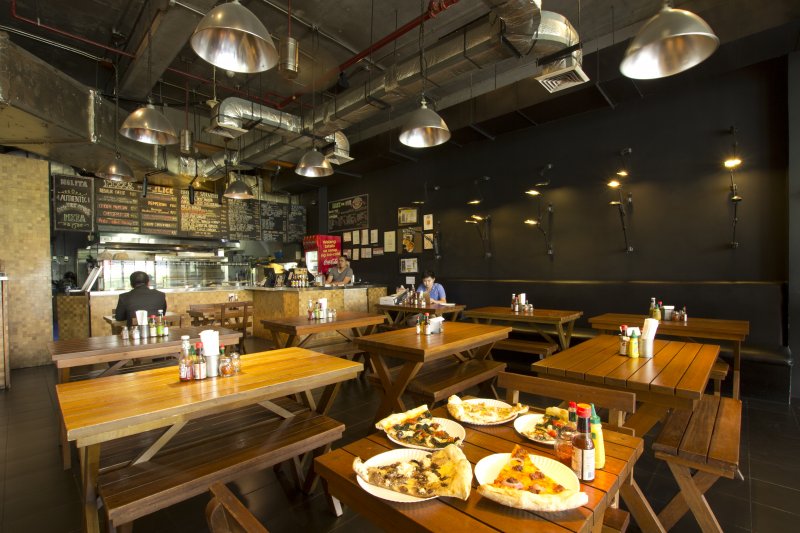
While fast casual concepts aren’t exactly new to the Philippines, some upmarket diners are still adjusting to the idea of having good quality food sans the service. It’s the main challenge Dubois is facing in Passion, and he’s not alone. Cuit Kaufman, the man behind New York-style pizza place Nolita, admits the initial challenge to opening their fast casual space was “getting people to be okay with not having full service for something of good quality.”
“I think it was more the immediate impression. Because we did Borough in Ortigas first, which was a full-service restaurant, people immediately thought we would be doing the same for Nolita. We had to break that down and make them see that it’s not that important. And our intent was really to be just like the New York-style pizza concept where you have it on every other block, you order a big slice off the counter, and a few minutes later you have really good pizza waiting to be picked up,” shares Kaufman.
Market matters

Chef Robby Goco, whose successful portfolio of concept-driven restaurants includes Cyma, Green Pastures, Charlie’s Grind & Grill, and Munchtown, has a fairly straightforward definition of the fast casual format: It all boils down to the service charge—or lack of it.
“It’s really what’s driving this very fast moving industry,” the chef says. “It’s cheaper to put up because you save on labor and the food’s faster to prepare. Also, what’s good about fast casual is that these are actually mom-and-pop, chef-based restos with one to three branches that operate from the get-go. It’s not as established as a US franchise, but they’re dishing out great food.”
While most fast casual concepts tend to veer away from operating in malls where there’s a constant tug of war between high foot traffic and exorbitant overhead costs, there are those like Goco’s Munchtown that manage to successfully slug it out with the big fast food chains.

A sneeze of a place strategically located right by the cinemas of Uptown Mall in Bonifacio Global City, Munchtown dishes up East Coast-style bacon-wrapped hotdogs in soft buns that customers can polish off in “three, four bites tops,” and are “priced at P100 for one; P180 for two”—a strategy, the chef conspiratorially says, designed to lure customers into ordering two buns.
With his cashier—one of a two-man team—encouraging customers to order a drink and a side of fries, Goco’s average check of P400 to P450 per customer is making him more money than he would if he charged P300 for a bigger sandwich. “You can’t price a hotdog for more than P250 to P300 because people would only think it’s expensive,” says Goco.
Shifting styles
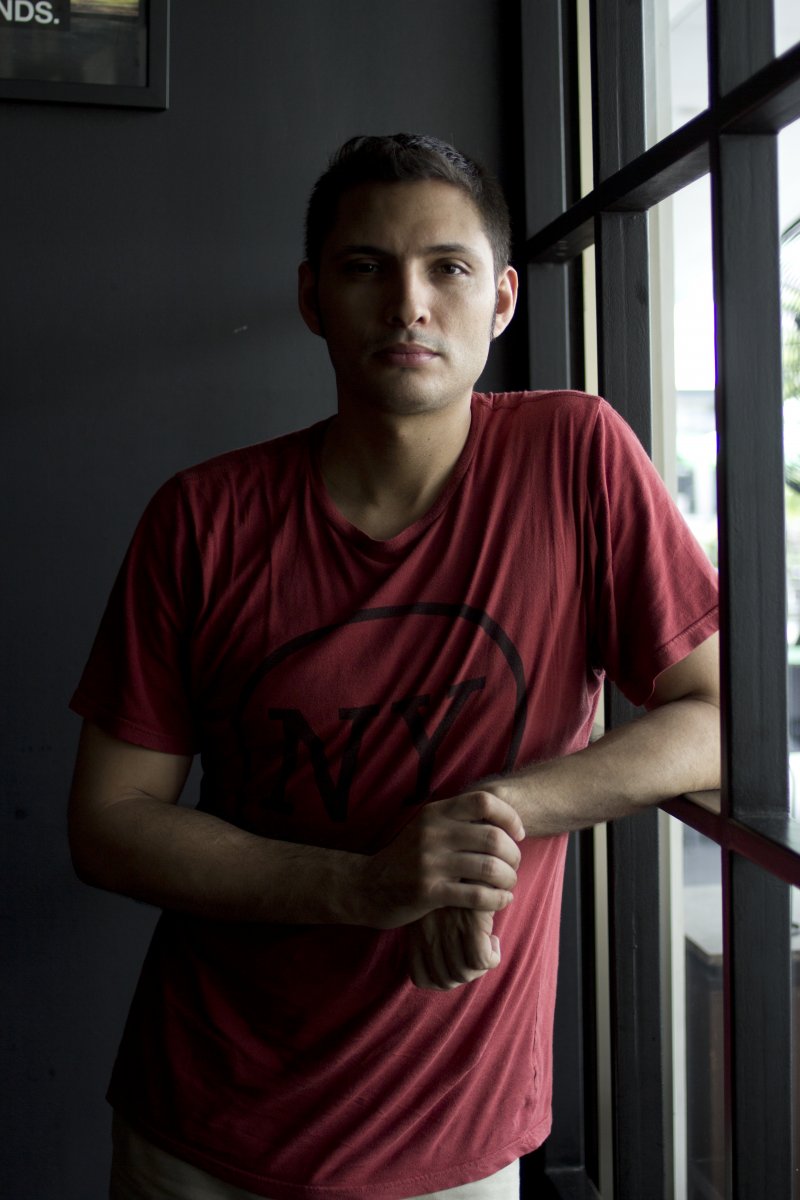
For chefs moving into the fast casual scene, it’s this keen familiarity of their market that will make or break a new venture. “The fast casual restaurants that work are those that understand their captured audience, people who want to experience their brand of dining. It’s not just about being food-focused but market-focused. You know who you’re feeding, how much they’re willing to pay, and how long they’re willing to wait and eat in your restaurant,” Goco says, adding that he now spends more time outside listening to his customers than in the kitchen.
“The fast casual restaurants that work are those that understand their captured audience, people who want to experience their brand of dining. It’s not just about being food-focused but market-focused,” says Robby Goco.
It’s the same with Dubois, who declares that “the days of the chef hiding away in the kitchen, shouting, keeping recipes to himself” are over. “One of the biggest problems in most restaurants—fast casual or not—is the consistency. The smart chef today—he’s teaching. It’s not like 40 years ago when you have to do everything yourself. If you’re good, then you train your people to be good or even better than you,” he says.
There’s no such thing as the arrogant chef anymore, agrees Goco. “You really have to understand that it’s not anymore, ‘I’m the chef. Eat my food.’ Competition today is very, very stiff—it’s now all about, this is my interpretation of a dish or cuisine, but how can I tailor fit or customize it to your liking? That’s the secret—trying to give customers something they’ve never experienced anywhere else, without imposing your will on them.”





